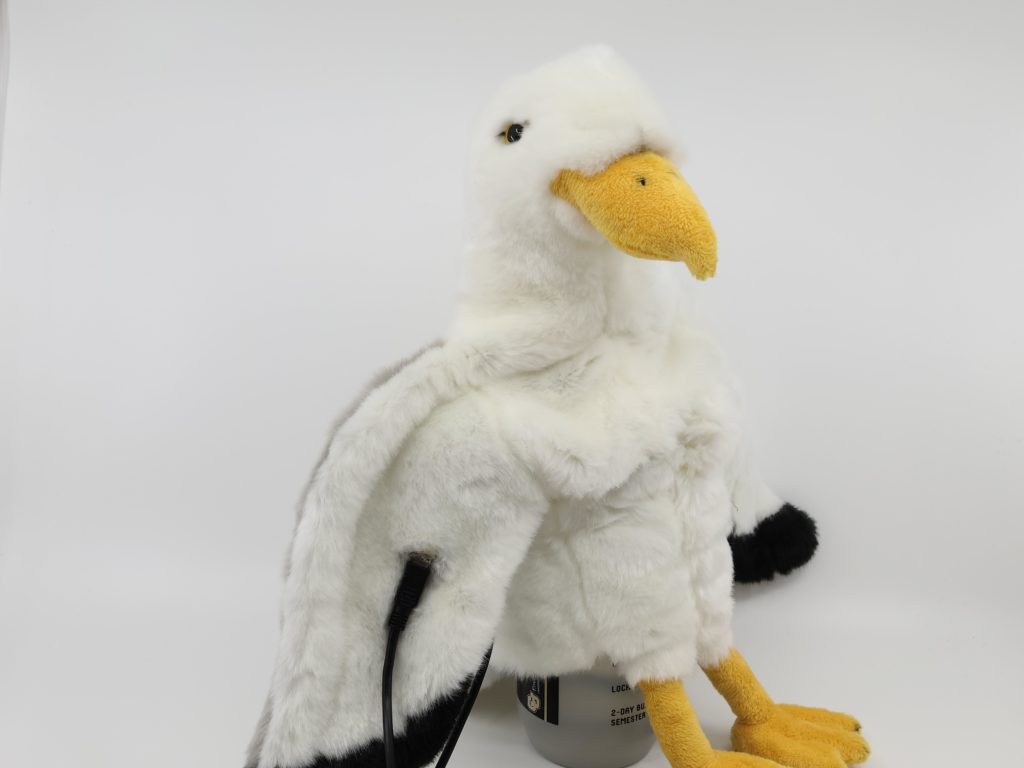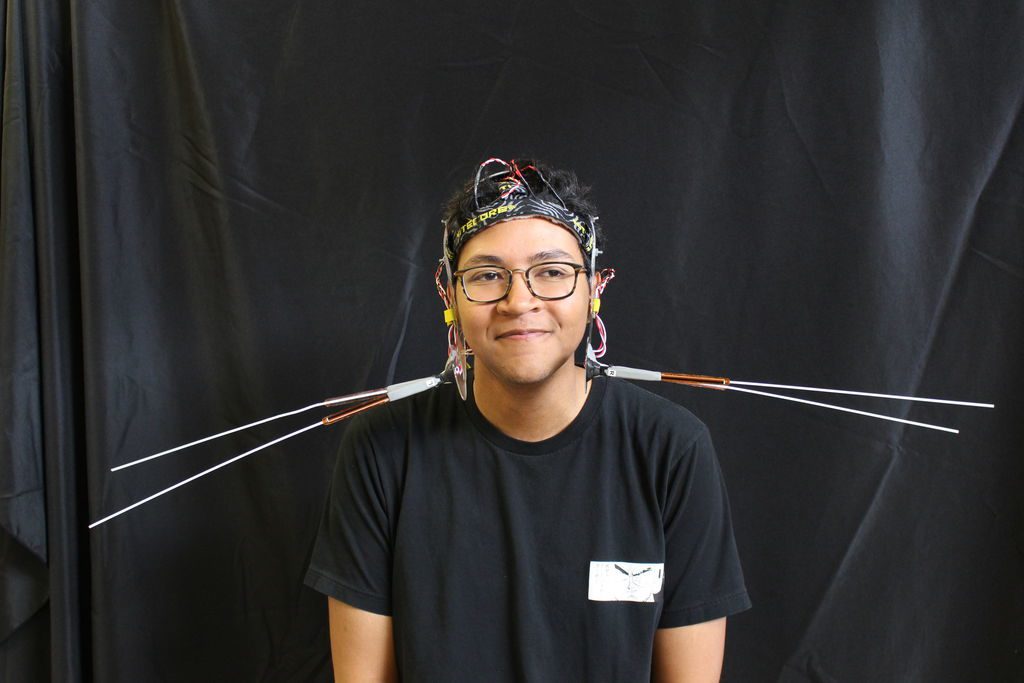Schlagwort: Sensory Extension
-

This sensory extension puppet lets you detect magnetic fields like a bird
Reading Time: 2 minutesArduino Team — June 8th, 2021 Birds have an amazing sense of direction that aids in migrating across vast distances, and scientists think this is due to their ability to detect magnetic fields — just like a compass. Chris Hill on Instructables wanted a way to experience this for himself by using a sensor…
-

Experience the world like a cat with this whisker-style sensory extension
Reading Time: 2 minutesExperience the world like a cat with this whisker-style sensory extension Arduino Team — July 2nd, 2019 Imagine if you had whiskers. Obviously, this would make you something of an oddity in today’s society. On the other hand, you’d be able to sense nearby objects via the transmission of force through these…
-

Experience the world like a cat with this whisker-style sensory extension
Reading Time: 2 minutesExperience the world like a cat with this whisker-style sensory extension Arduino Team — July 2nd, 2019 Imagine if you had whiskers. Obviously, this would make you something of an oddity in today’s society. On the other hand, you’d be able to sense nearby objects via the transmission of force through these…

